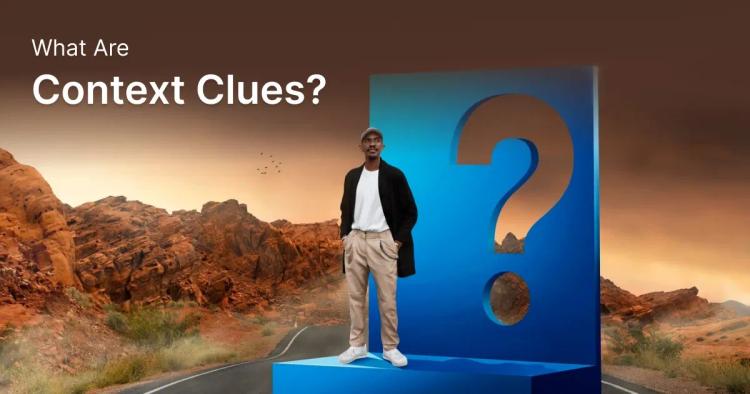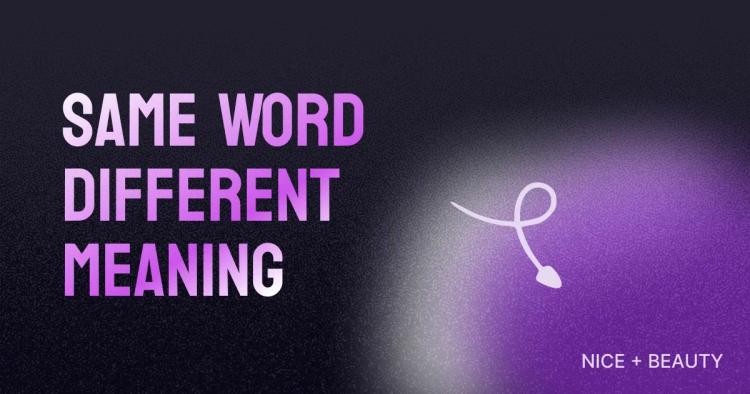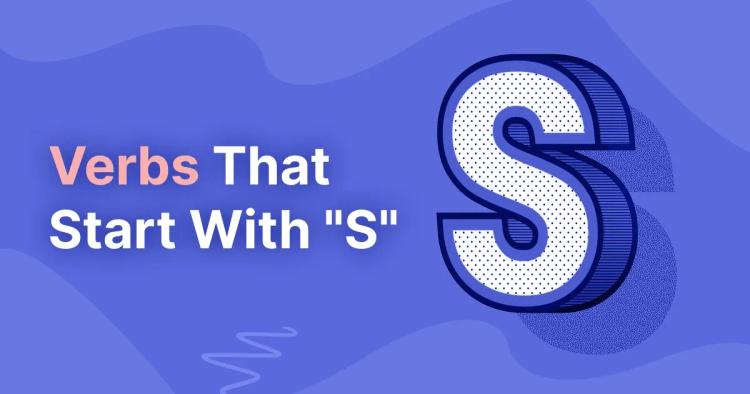Greetings, fellow language enthusiasts, and welcome to the enchanting realm of words where every syllable holds a world of meaning. Today, we embark on a journey through the rhythmic wonders of language, exploring the magic hidden within the onomatopoeic tapestry.
Have you ever marveled at how words can mimic the very sounds they represent, bringing the buzzing of bees, the pitter-patter of raindrops, or the gentle rustle of leaves to life?
Well, that's the captivating essence of onomatopoeia. It's like a secret language where words whisper, roar, and dance to the tunes of the world around us.
What is an Onomatopoeia?
Now, let's unravel the mystery of onomatopoeia together. Pronounced as on-uh-mat-uh-PEE-uh, this linguistic marvel is like a symphony conductor orchestrating words to echo the sounds they imitate. Imagine saying "sizzle" for the sound of bacon cooking or "meow" for a cat's greeting – that, my friends, is the magic of onomatopoeia.
In simpler terms, onomatopoeias are words that sound like what they mean. They are the playful imitators of our auditory world, adding a splash of life to our conversations and stories. Whether it's the "bang" of a door or the "murmur" of a stream, onomatopoeias create a language that transcends mere definitions, allowing us to feel the words with our ears.
So, buckle up as we venture into the heart of onomatopoeia, exploring its everyday presence, its role in literature, and how it transforms our language into a vibrant canvas of sounds and sensations. Get ready to discover the joy of words echoing the symphony of life itself!
Onomatopoeia in Everyday Language
Onomatopoeias are like secret agents in our language, sneaking into our everyday conversations to make them more exciting. Let's break down where these word-mimics show up!
The Animal Kingdom
Our furry and feathered friends contribute a lot to the onomatopoeic dictionary. Think about a dog's "bark," a cat's "meow," or a bird's "chirp." These words sound just like the noises these animals make.
Human Sounds and Actions
Have you ever noticed how we describe human sounds and actions with words that imitate them? When someone laughs, we might say "hee-hee" or "haha." The sounds of tools or machines, like a hammer "bang" or a clock "tick-tock," also fall into this category.
Nature and Objects
Nature itself is full of onomatopoeic wonders. The "rustle" of leaves in the wind, the "splash" of water, or the "whistle" of the wind – these words mimic the sounds around us. Even everyday objects join the party; a door can "creak," a phone can "ring," and a car can "honk."
3 Types of Onomatopoeia
1. Onomatopoeias that Name Sounds
Imagine standing in the middle of a forest. You hear the "buzz" of bees, the "hum" of insects, and the "rustle" of leaves. These words mimic the actual sounds you hear.
2. Onomatopoeias that Name Things Connected with Sounds
Sometimes, onomatopoeias don't copy the sound exactly but point to things related to those sounds. Take "squeak" as an example – it's not the sound itself, but it's connected to the noise a mouse makes.
3. Onomatopoeias that Mimic Something Else Physical
Now, let's move beyond sounds. Some onomatopoeias imitate physical actions or movements. Picture a door closing with a loud "slam" or raindrops gently "pitter-pattering" on a roof. These words capture the physical essence of what's happening.
By understanding these types of onomatopoeia, we unlock the power to express our world in more vivid and engaging ways. These words bring life to our stories and help others hear, see, and feel the moments we share.
Onomatopoeia Examples in Literature
As we delve into literature, onomatopoeia becomes a secret ingredient that writers use to spice up their stories. It's like a special seasoning that adds flavor to the narrative, making it more exciting and immersive.
The Roar of Thunder
Imagine standing in the middle of a storm in a classic adventure novel. The thunder doesn't just "rumble" – it "roars." This choice of onomatopoeia doesn't just describe the sound; it makes you feel the power and intensity of the storm, sending shivers down your spine.
The Whisper of the Wind
In a romantic scene, a skilled writer might use the onomatopoeia "whisper" to describe the wind. Instead of a generic breeze, the "whispering" wind adds a touch of intimacy to the setting, making you feel the gentle caress of the air.
The Splash of Water
Picture a suspenseful moment near a lake. Instead of a simple "splash," the author might choose the onomatopoeic word "splosh." This playful and vivid term not only paints a picture of the action but also adds a layer of suspense and surprise.
The Creak of a Door
In a mystery novel, when a character cautiously opens a door, it doesn't just "creak" – it "groans" or "moans." The choice of onomatopoeia here goes beyond the sound; it sets the mood, hinting at the eeriness or tension that lies beyond.
The Hiss of a Snake
Now, let's venture into the jungle. When a snake makes its presence known, it doesn't just "hiss" – it might "sssslither." This creative use of onomatopoeia not only captures the sound but also the sinuous movement of the creature, making the scene come alive.
How Onomatopoeia Enhances Writing
Adding Depth to Descriptions
Picture a quiet forest. Instead of saying "the wind blew," imagine this: "The wind whispered through the tall, ancient trees, creating a gentle melody." Do you see how adding onomatopoeia, like "whispered," makes the description come alive? It's like giving a voice to the wind, making the scene more vivid and magical.
Now, let's talk about more everyday situations. Instead of just saying "the door closed," you could say, "The heavy door slammed shut, echoing through the empty hallway." The word "slammed" not only describes the sound but also adds a feeling of force and impact. Onomatopoeia paints a picture with sounds, making your writing more colorful and engaging.
Evoking Sensory Experiences
Onomatopoeia doesn't stop at sounds; it extends to other senses too. Imagine you're cooking bacon. Instead of just saying "the bacon cooked," you can say, "The bacon sizzled in the hot pan, releasing a tempting aroma." The word "sizzled" not only describes the sound but also brings the smell and taste of the sizzling bacon to your imagination.
In writing, onomatopoeia becomes a tool to not just tell but to show. It helps readers experience the sensations, smells, and tastes in your words, making your writing more immersive.
Enhancing Storytelling
Now, let's talk about stories. Good stories aren't just about what happens; they're about how it feels. Onomatopoeia is like the heartbeat of your narrative. A well-placed "crash" can create tension, a "whisper" can build mystery, and a "splash" can add excitement.
Imagine a scene where a character is tiptoeing through a dark alley. Instead of just saying "they walked quietly," you can say, "They tiptoed through the alley, the sound of their footsteps barely audible, like the hushed murmur of secrets." Here, the onomatopoeia "tiptoed" adds a delicate touch, enhancing the suspense and mood of the story.
In storytelling, onomatopoeia becomes your storytelling ally, turning your narrative into a symphony of emotions.
Copychecker's Grammar Checker Tool
Copychecker is like having a friendly editor by your side, always ready to lend a helping hand to make your writing shine. It's not just about fixing mistakes; it's about making your writing clearer, smoother, and more effective.
Benefits of Grammar Checkers
Imagine you're sharing an important message, but a small grammatical error distracts your reader. Grammar checkers, like Copychecker, step in to ensure that your words flow seamlessly. They catch those sneaky mistakes that can slip through, ensuring your message is crystal clear.
But it's not just about avoiding mistakes. Copychecker also helps you expand your vocabulary, suggesting better words and expressions to make your writing more dynamic.
Improving Writing with Copychecker
Have you ever written a sentence and wondered if it could be better? Copychecker is your writing companion, offering suggestions to enhance your sentences. It's like having a writing coach saying, "Hey, what if you said it this way? It might sound even better!"
Copychecker not only corrects your grammar but also polishes your style, making sure your writing stands out for all the right reasons.
Leveraging Onomatopoeia with Copychecker
Ensuring Correct Usage
When you're using onomatopoeia, it's essential to get it right. Copychecker acts as your language guide, making sure your onomatopoeic expressions are used correctly. It prevents those embarrassing moments when a well-intentioned onomatopoeia doesn't quite hit the mark.
Refining Onomatopoeic Expressions
Copychecker goes beyond correction; it refines your onomatopoeia. It helps you choose the most impactful words, ensuring that your onomatopoeic expressions resonate with your readers. It's like having a friend who suggests the perfect word to capture the essence of a sound.
Integrating Grammar and Style Checks
The beauty happens when your expressive onomatopoeias seamlessly blend with polished grammar. Copychecker ensures that your writing is not only vivid and expressive but also grammatically sound. It's the perfect partnership – creativity and precision working hand in hand.
FAQs
Onomatopoeia Poetry Definition?
In poetry, onomatopoeia is a captivating device where words mimic the sounds they represent. It adds a rhythmic and sensory element, bringing verses to life with auditory experiences.
Onomatopoeia Definition for Kids?
For kids, onomatopoeia is like the superhero of words – it's when words sound just like the noises they describe. Think of "buzz" for bees or "moo" for cows – it makes language a playful adventure!
What Is an Example of Onomatopoeia?
An example of onomatopoeia is "splash." When you hear it, you can almost feel the water hitting something. It's a word that echoes the sound it describes.
What Is Onomatopoeia in Figurative Language?
In figurative language, onomatopoeia is like a painter's brushstroke. It goes beyond just sound, creating vivid images and sensations through words that imitate or resemble the actual sounds.
What Is Onomatopoeia in Literature?
In literature, onomatopoeia is a storytelling wizard. It's when authors use words that echo the sounds of the story, making it more alive and engaging for readers. It's the secret ingredient that turns words into a symphony of imagination.
Conclusion
In our journey through language and writing tools, we've explored the art of onomatopoeia and the prowess of Copychecker. Together, they transform your writing into a masterpiece, where sounds come alive, and every word stands strong.
So, as you continue your writing adventures, let onomatopoeia dance, and let Copychecker refine, creating a symphony of words that resonate with your readers. Happy writing!




